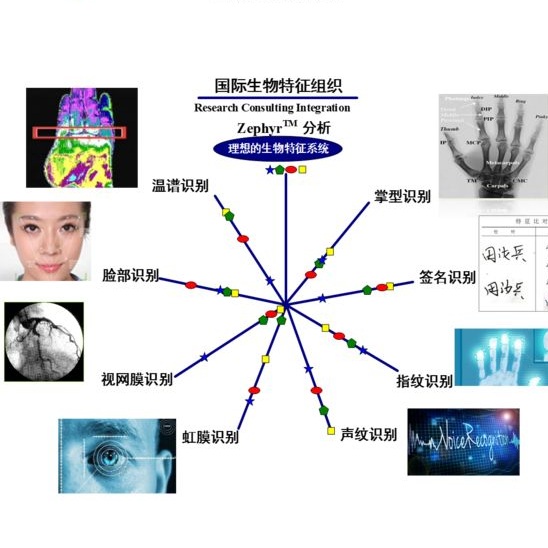A biometric recognition system can operate in two distinct modes, identification or verification. In the first mode, the system recognizes an individual by searching the enrolled templates of all the users for a match. In the second mode, the system validates a user's identity claim by comparing the fresh provided template with the enrolled template. The biometric transformation schemes usually produce binary templates that are better handled by cryptographic schemes, and the comparison is based on a distance that leaks information about the similarities between two biometric templates. Both the experimentally determined false match rate and false non-match rate through recognition threshold adjustment define the recognition accuracy, and hence the security of the system. To the best of our knowledge, few works provide a formal treatment of the security under minimum leakage of information, i.e., the binary outcome of a comparison with a threshold. In this paper, we rely on probabilistic modelling to quantify the security strength of binary templates. We investigate the influence of template size, database size and threshold on the probability of having a near-collision. We highlight several untargeted attacks on biometric systems considering naive and adaptive adversaries. Interestingly, these attacks can be launched both online and offline and, both in the identification mode and in the verification mode. We discuss the choice of parameters through the generic presented attacks.
翻译:暂无翻译



